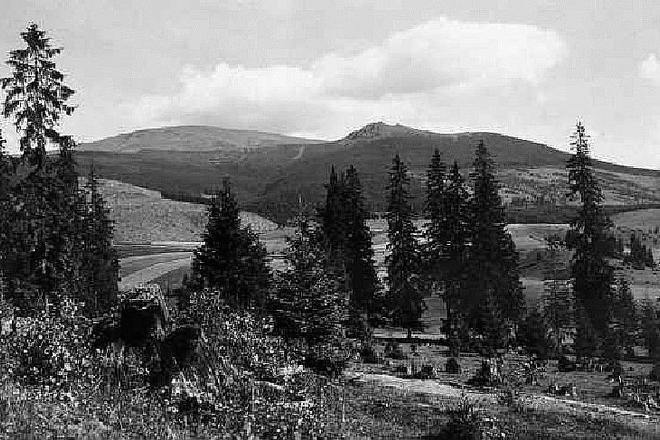NATIONS usually choose illustrious rulers, victorious battles or legendary towns and castles as their national symbols. Slovaks, who had no state of their own, never really considered any one Hungarian king or other ruler to be closer to them than others.
However, Slovaks have derived a lot of symbolism from their countryside and culture and since Slovakia has its share of mountains, any number of hills and mountainous peaks represent well-known popular Slovak symbols. The best known are Zobor, Kriváň, Sitno, Javorina and Poľana, all of them noticeable from a great distance and therefore familiar to many.
During the Slovak National Revival in the 19th century, these peaks – seen as guardians of the nation – helped to support the general sense of responsibility and patriotism. This was reflected in numerous poems by outstanding men of letters as well as in regular group hikes on the hills attended by hundreds of people.
The legendary Kráľova Hoľa, situated in the eastern part of the Low Tatras, is also one of these symbols. There is hardly a Slovak who does not know the folk song inspired by the gentle peak of Kráľova Hoľa, depicted on the left side in this postcard from the 1930s.
But history is not always so poetic. There is another interesting fact of a completely different kind. For many years this peak was home to the highest trash dump in Czechoslovakia. A certain sort of patriotic feeling, though a somewhat strange one, could probably be drawn from this fact – especially when we consider that Slovaks and Czechs were usualy competing with each other in one way or another.


